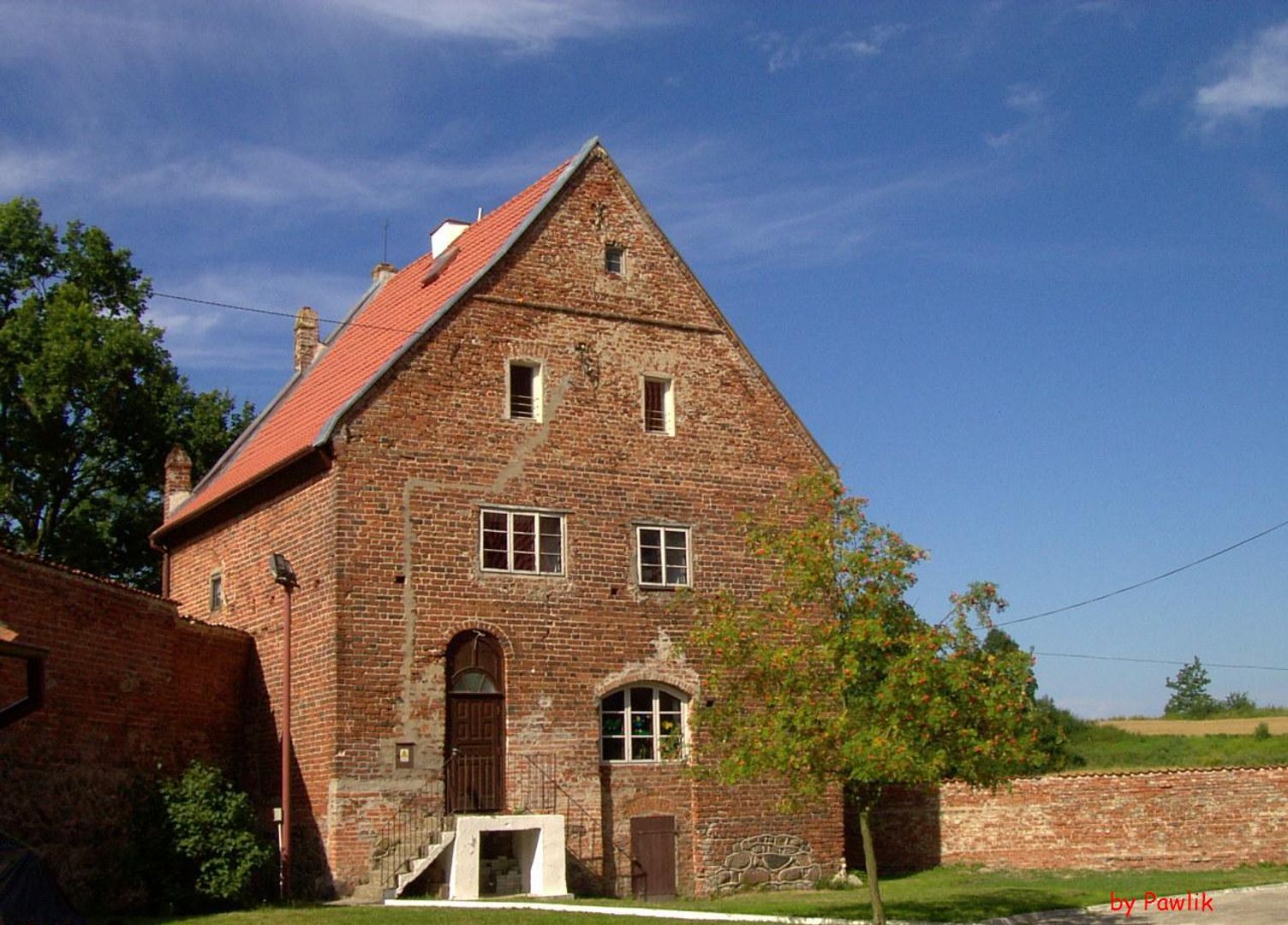Sępopol
6.23

Overview
Sępopol, a town in the Warmian-Masurian Voivodeship, boasts a rich history dating back to the 13th century, when it was granted town rights in 1351. Located on the Sępopol Plain, by the rivers Łyna and Guber, in the historic region of Lower Prussia, its name derives from the town's founding document associated with a castle (Schiffenburg) and a Teutonic knight, Ludwig von Schippen. In the past, the town was surrounded by waters, which likely contributed to its defensibility and navigation. Over the centuries, Sępopol witnessed numerous events, including invasions by Lithuanians and conflicts with the Teutonic Knights, and it also participated in battles against them as a member of the Prussian Confederation. The town went through various phases of development and decline, including destruction due to fires and wars, particularly during World War II, when it lost 75% of its buildings. In the postwar period, Sępopol was largely in ruins, but it regained its town rights in 1973. Among its architectural landmarks are the Gothic parish church of St. Michael the Archangel from the 15th century, classicist townhouses from the 18th–19th centuries, and remnants of the 14th-century town walls. The urban layout features a rectangular market square with a town hall and two churches. Interestingly, Sępopol is home to the football club LKS "Łyna," and its partner towns are Pravdinsk in Russia and Lägerdorf in Germany. Despite its challenging past, the town strives for reconstruction and revitalization while preserving its historical significance and local culture.
Location
2025 Wizytor | All Rights Reserved